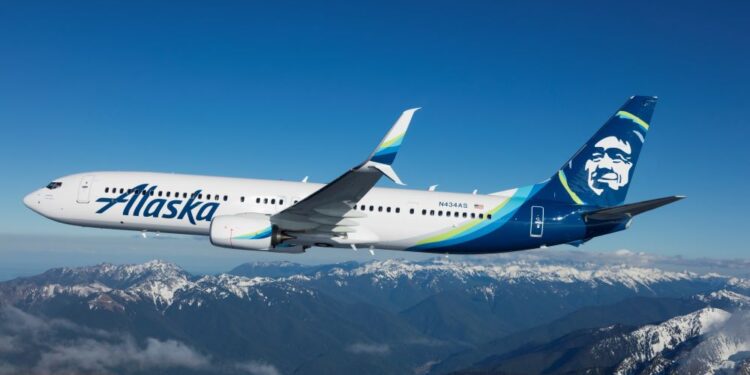Starting September 12, 2025, Alaska Airlines will operate nonstop flights between Seattle and Seoul, marking the airline’s first direct service to South Korea. The route represents Alaska’s broader strategy to expand its international footprint from its Seattle hub, where it already serves over 100 destinations across North America.
The twice-weekly service will use Hawaiian Airlines’ Boeing 787-9 Dreamliner aircraft. Flights depart Seattle at 2:50 PM, arriving in Seoul at 6:35 PM the following day. Return flights leave Seoul at 8:35 PM, landing in Seattle at 2:45 PM the same day.
Market Context and Strategic Positioning
This launch occurs as airlines seek to restore and expand international routes following pandemic-related reductions. Seoul represents a strategic choice for Alaska Airlines, given South Korea’s position as the world’s 10th largest economy and
Seattle’s existing role as a gateway to Asia.
The route faces competition from existing carriers serving the Seattle-Asia market, including Delta’s service to Seoul and multiple airlines offering connections through Tokyo and other Asian hubs. Alaska’s advantage lies in eliminating layovers for this specific city pair, though passengers should weigh this convenience against potentially higher fares compared to connecting flights.
Promotional Pricing and Program Benefits
Alaska Airlines is offering promotional fares to establish the route. The Buy One, Get One promotion allows companions to fly for taxes and fees only on economy tickets. Additionally, the airline accepts Mileage Plan redemptions starting at 20,000 points one-way for economy travel.
These promotions apply to bookings made by September 12, 2025, for travel between September 12 and December 15, 2025. However, promotional periods typically represent a carrier’s effort to stimulate initial demand, and regular pricing will likely be higher once these offers expire.
Aircraft and Service Quality
The Boeing 787-9 Dreamliner offers several passenger comfort improvements over older aircraft, including larger windows, lower cabin altitude, and quieter engines. Business class features 34 lie-flat suites with personal entertainment systems.
Alaska Airlines plans to install Starlink Wi-Fi on these aircraft starting in 2026, which would provide faster internet speeds than current satellite-based systems. Until then, passengers will rely on traditional in-flight connectivity options.
Economic and Tourism Implications
Direct flights typically boost tourism and business travel between connected cities by reducing travel time and complexity. For Seattle, this service could increase South Korean visitor numbers, potentially benefiting local tourism revenue. The Washington State Department of Commerce estimates that each new international route generates millions in annual economic impact, though specific projections for this route aren’t yet available.
For South Korean travelers, the service provides easier access to the Pacific Northwest’s technology sector, outdoor recreation, and educational institutions. Seattle’s proximity to major companies like Microsoft, Amazon, and Boeing may drive business travel demand.
Broader Network Strategy
Alaska Airlines aims to operate 12 international routes from Seattle by 2030, positioning itself as a Pacific Rim carrier rather than purely domestic. This expansion follows the airline’s 2016 acquisition of Virgin America and reflects changing passenger preferences for nonstop international service from secondary hubs.
The success of this Seoul route will likely influence Alaska’s decisions about additional Asian destinations. Airlines typically evaluate new international routes based on load factors above 80% and yield performance compared to domestic alternatives.
What Travelers Should Consider
While nonstop service offers convenience, passengers should compare total travel costs including potential overnight stays if connecting flights offer significantly lower fares. The promotional pricing makes initial bookings attractive, but regular fares may be substantially higher.
Business travelers will benefit most from the time savings and schedule predictability. Leisure travelers should evaluate whether the premium for nonstop service justifies the cost compared to connecting alternatives through established Asian gateways.
The route’s twice-weekly frequency also means less scheduling flexibility compared to daily service, though Alaska may increase frequency based on demand performance.
Looking Forward
Alaska Airlines’ Seoul service represents both opportunity and risk. Success depends on sustained demand from both leisure and business segments, competitive pricing against connecting services, and the airline’s ability to maintain reliable operations on this long-haul route.
For Pacific Northwest residents, the service offers a new travel option to one of Asia’s major cities. Whether it becomes a permanent fixture in Alaska’s network will depend on market response over the coming months.







